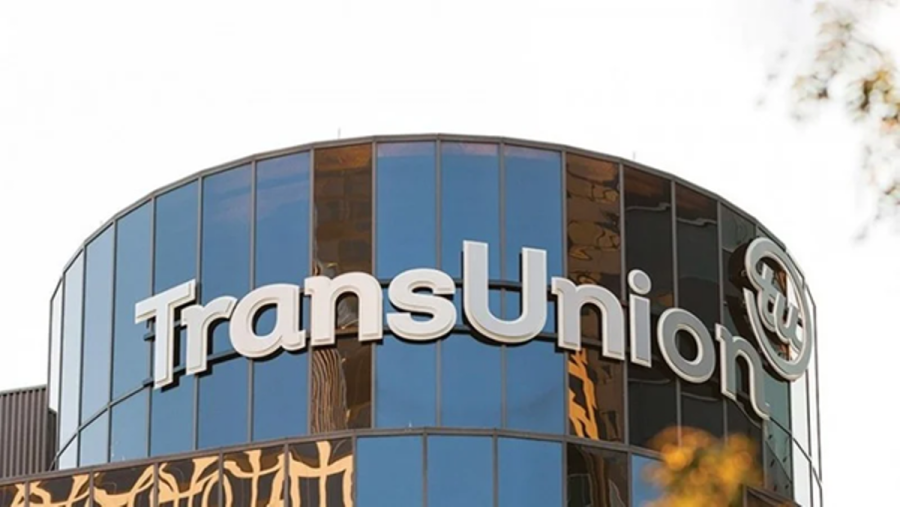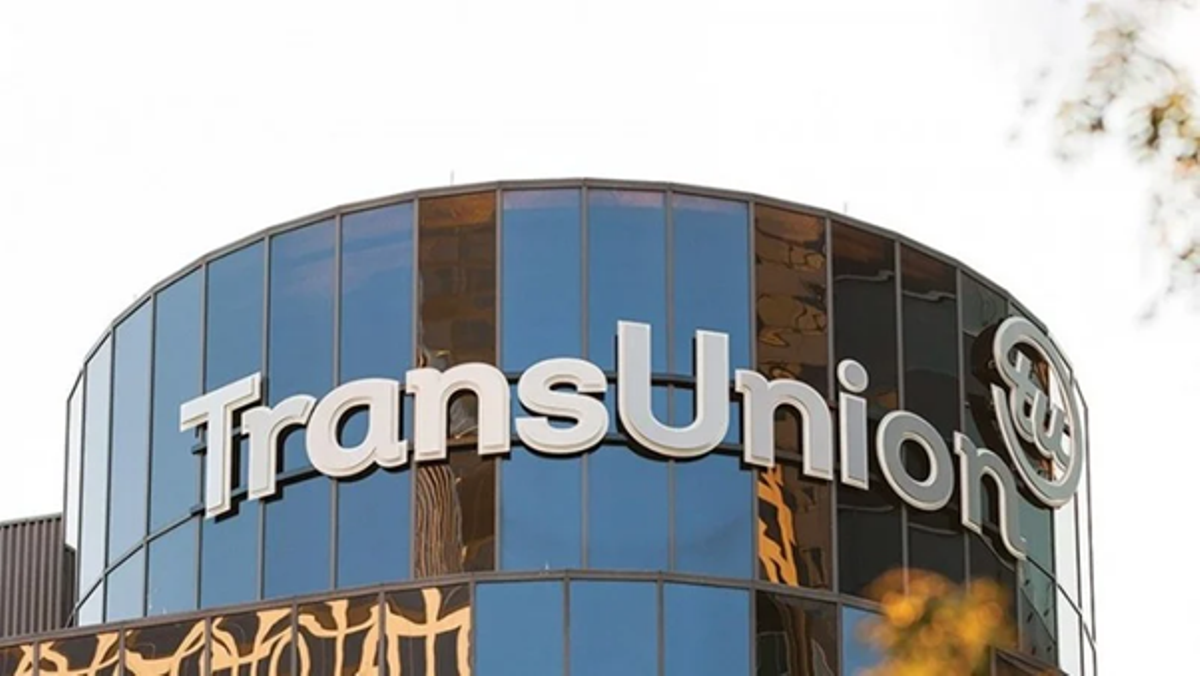
Personal Bank Loans Increased by 5.5% Year-on-Year in the Second Quarter of 2022
Borrowing money, in whatever form, is part of people’s life. The key is to keep it under control and to analyze whether to take the “opportunities” or not. How are South Africans dealing with this? The connection that a person has with the different financial services offered in the market is usually influenced by the […]

Borrowing money, in whatever form, is part of people’s life. The key is to keep it under control and to analyze whether to take the “opportunities” or not. How are South Africans dealing with this?
The connection that a person has with the different financial services offered in the market is usually influenced by the individual situation that each one is going through. Many people ask for personal bank loans to achieve personal or family goals or desires, such as buying a car, making a trip or even supporting medical expenses.
However, what seriously influences the demand for any kind of credit or loans is the economic situation and the several aspects that benefit or prejudice it. Let’s just think about unemployment, inflation, interest rate increases, etc.
When it comes to South Africans, surveys have shown how the current country’s situation has increased the demand for loans. According to TransUnion’s Q3 2022 South Africa Industry Insights Report, credit account opening has increased although banks and lenders became more restrictive in trying to mitigate risk. To do so, they offered lower loan amounts and limits on revolving facilities.
As the report shows, consumer behaviour is explained by the pressured economic climate: last year inflation was over 7 per cent and many people needed some extra cash to face extraordinary -and even ordinary- expenses.
The report in numbers
The mentioned trend was especially noticed across credit cards, clothing accounts, non-bank personal loans and home loans. Considered as a whole, the credit origination raised more than 14% year-over-year (YoY) in Q2 2022, and credit request levels were higher by 13.1% YoY in the same period.
Bank personal loans reported a 5.5% YoY increase in Q2 2022 meanwhile the high for non-bank personal-loan originations was 14.3%. It is important to notice that the growth in bank personal loans has continued for the fifth consecutive quarter.
It is good news that outstanding balances from overall lending products have decreased by 2.3% YoY in last year’s Q3. Also, the number of accounts that are delinquent for three months or more improved by 6.6% compared to the same Q in 2021. In fact, most unsecured product balances reached pre-pandemic levels.
Overall consumer confidence, even with a small improvement compared to the prior quarter, is still at a negative digit of -20 for Q3 2022. This lack of confidence would explain why consumers shift their spending from discretionary to essential items. Actually, at the TransUnion Q3 Consumer Pulse Study, 56% of the consumers surveyed expected to continue cutting even more discretionary spending in the following three months, even when one in three consumers reported an increase in household income.
Again, it has everything to do with a higher inflation environment, where elevated prices at basic needs’ products, such as food, clothing and fuel, have pressured consumers to turn to credit as a way to pay the bills.
By: Ignacio Aglietti
